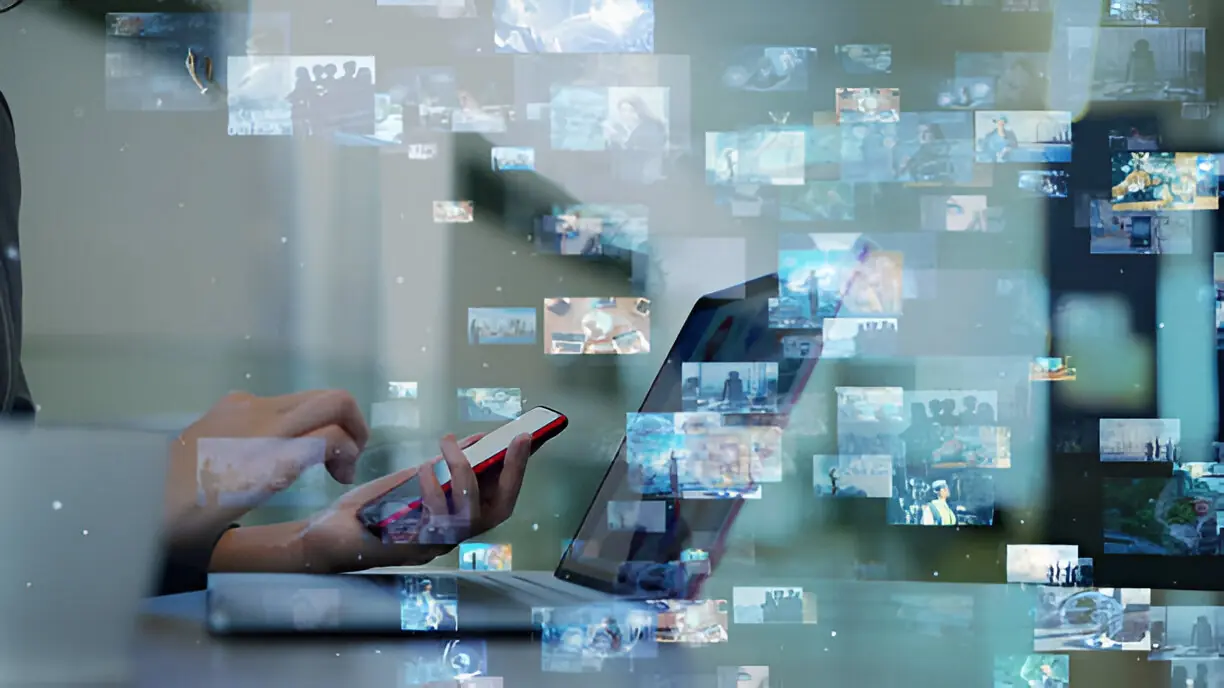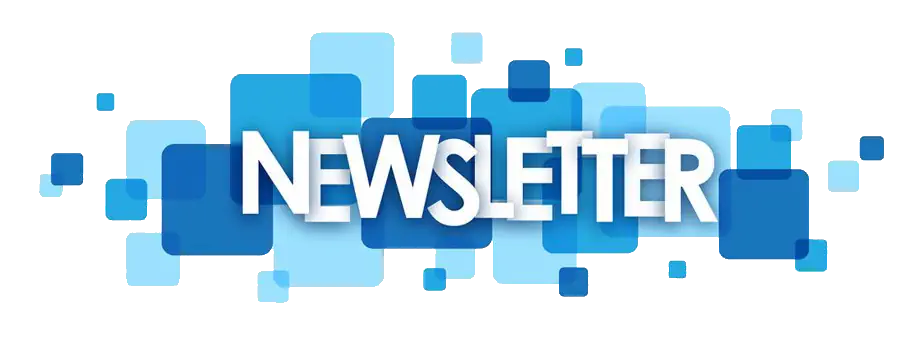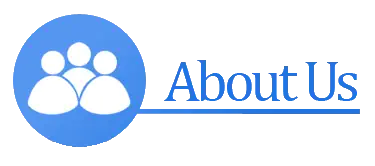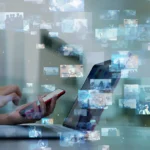Table of contents
The modern digital world offers unprecedented connectivity and convenience, yet it also presents countless distractions. From incessant notifications to the lure of social media, staying focused has never been more challenging. This article provides actionable strategies, tools, and insights to help you reclaim your attention and thrive in the digital age.
Understanding Digital Distractions
What Are Digital Distractions?
Digital distractions are interruptions caused by technology, including smartphones, social media, email notifications, and even news updates. They hijack our attention, often without us realizing it. These distractions are designed to keep us engaged—every ping and alert triggers a dopamine release, keeping us hooked.
The Science Behind Distraction: Dopamine and Attention
Dopamine, a neurotransmitter linked to pleasure and reward, plays a central role in our susceptibility to distractions. Each “like,” “comment,” or notification provides a dopamine hit, reinforcing the behavior. This cycle creates a constant pull towards digital devices.
Common Sources of Digital Distractions
Some of the most prevalent distractions include:
- Social Media: Endless scrolling keeps our brains occupied and disengaged from important tasks.
- Emails and Instant Messaging: Notifications demand immediate attention, breaking our concentration.
- Apps and Games: Gamification elements in apps are intentionally addictive.
Effects of Digital Distractions on Productivity
The Cost of Multitasking
Multitasking might seem like a productivity booster, but research shows it reduces efficiency by up to 40%. When we switch tasks, our brains take time to recalibrate, causing productivity loss and increased errors.
How Interruptions Affect Workflow
Frequent interruptions disrupt the flow state—a mental condition where work feels effortless and productive. Reentering this state can take up to 25 minutes after an interruption, leading to significant time wastage.
Long-Term Impacts on Mental and Emotional Health
Constant distractions contribute to mental fatigue, stress, and a reduced ability to focus. Over time, they can erode emotional well-being and make it harder to engage in deep, meaningful work.
Strategies to Overcome Digital Distractions
Mindfulness and Focus Techniques
Practicing mindfulness can help you develop awareness of your habits and regain control over your attention. Techniques like meditation and deep breathing enhance your ability to focus amidst distractions.
Setting Clear Goals and Priorities
Having clear, actionable goals helps direct your attention to what matters most. Use tools like the Eisenhower Matrix to categorize tasks based on urgency and importance.
Utilizing the Pomodoro Technique
The Pomodoro Technique involves working for 25-minute intervals followed by a 5-minute break. This method not only enhances focus but also prevents burnout, making it easier to tackle large projects.
Tools and Technologies to Enhance Focus
Productivity Apps and Time-Tracking Tools
Apps like Todoist, Trello, and Notion can help organize your tasks, while time-tracking tools like RescueTime provide insights into how you spend your day.
Using Website Blockers and Notification Managers
Tools like Freedom or StayFocusd block distracting websites during work hours. Meanwhile, notification managers let you control what interruptions reach you.
Leveraging Minimalist Interfaces
A minimalist digital environment reduces visual clutter and unnecessary choices, making it easier to concentrate on tasks.
Building a Distraction-Free Environment
Crafting a Workspace Optimized for Focus
A well-organized workspace signals your brain that it’s time to work. Ensure good lighting, a comfortable chair, and minimal visual distractions. Noise-canceling headphones can further enhance concentration.
Decluttering Digital and Physical Spaces
Declutter your desktop, both physically and digitally. Remove unnecessary apps, files, and objects that might grab your attention during work.
Establishing Healthy Boundaries with Devices
Create rules for device usage, such as no phones during meals or work hours. Using a charging station outside your bedroom ensures devices don’t disrupt your sleep.
Embracing Digital Minimalism
Understanding the Digital Detox Trend
A digital detox involves stepping back from technology to reconnect with the physical world. It’s a powerful way to break the cycle of constant distraction.
Steps to Implement Digital Minimalism
- Audit Your Digital Habits: Track your screen time to identify areas of improvement.
- Simplify Your Tech Use: Remove apps that don’t serve a purpose or add value.
- Create Tech-Free Zones: Dedicate certain spaces, like the bedroom or dining room, as device-free areas.
The Role of Social Media Breaks in Enhancing Focus
Taking regular breaks from social media helps reset your attention span and reduces dependency on digital validation.
Maintaining Long-Term Focus in a Digital World
Adopting Daily Habits for Sustained Attention
Incorporate habits like journaling, exercising, and planning your day to maintain consistent focus. These practices strengthen your mental resilience against distractions.
The Role of Routine and Rest in Enhancing Cognitive Performance
A structured routine ensures balance, while adequate rest refreshes your mind. Both are crucial for maintaining long-term productivity.
Staying Accountable: Journaling and Reflection
Keeping a journal lets you track your progress and identify patterns in your behavior. Reflecting on your achievements reinforces positive habits.
Conclusion
Digital distractions may be inevitable in our hyper-connected world, but they don’t have to dictate your life. By understanding their impact, implementing focused strategies, and leveraging the right tools, you can regain control over your attention. Remember, the goal isn’t to eliminate technology but to use it intentionally. Start small, stay consistent, and watch as your productivity and well-being improve.












